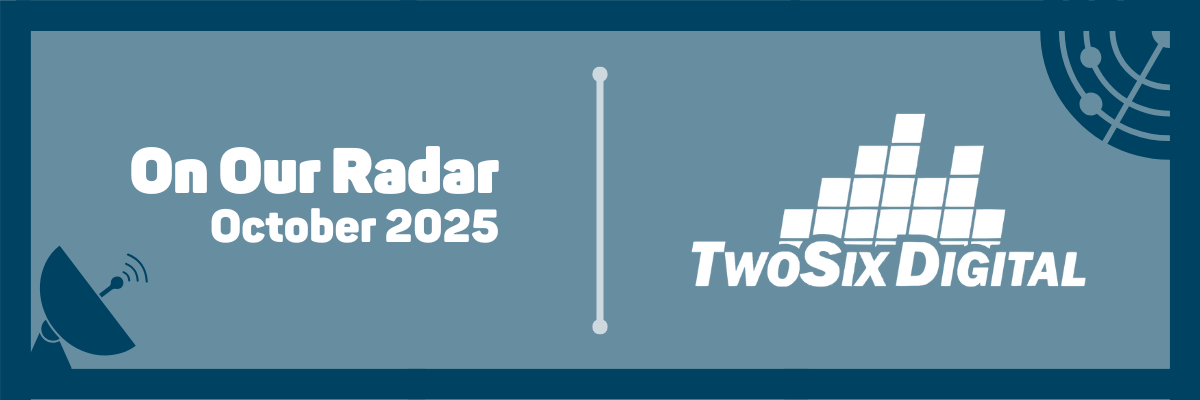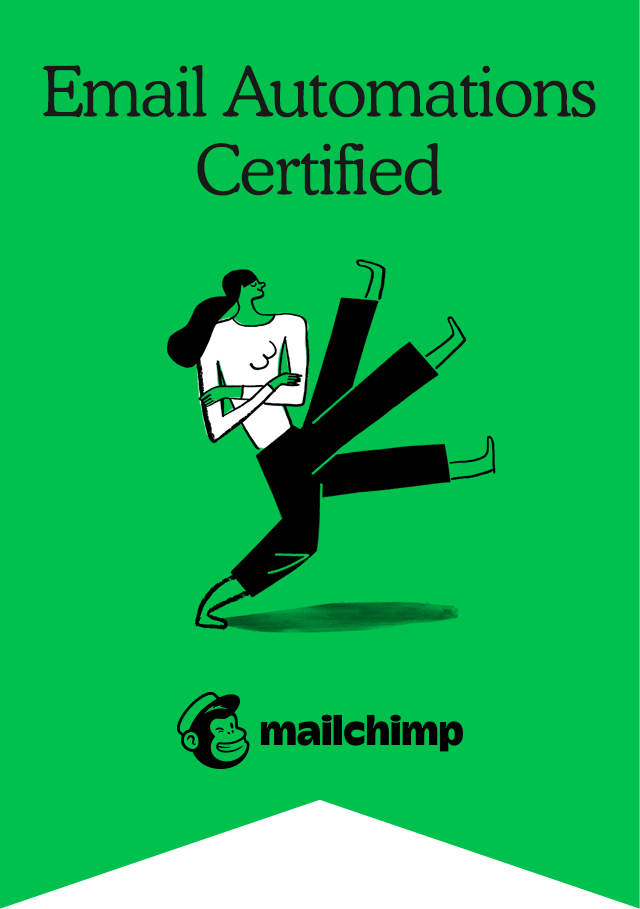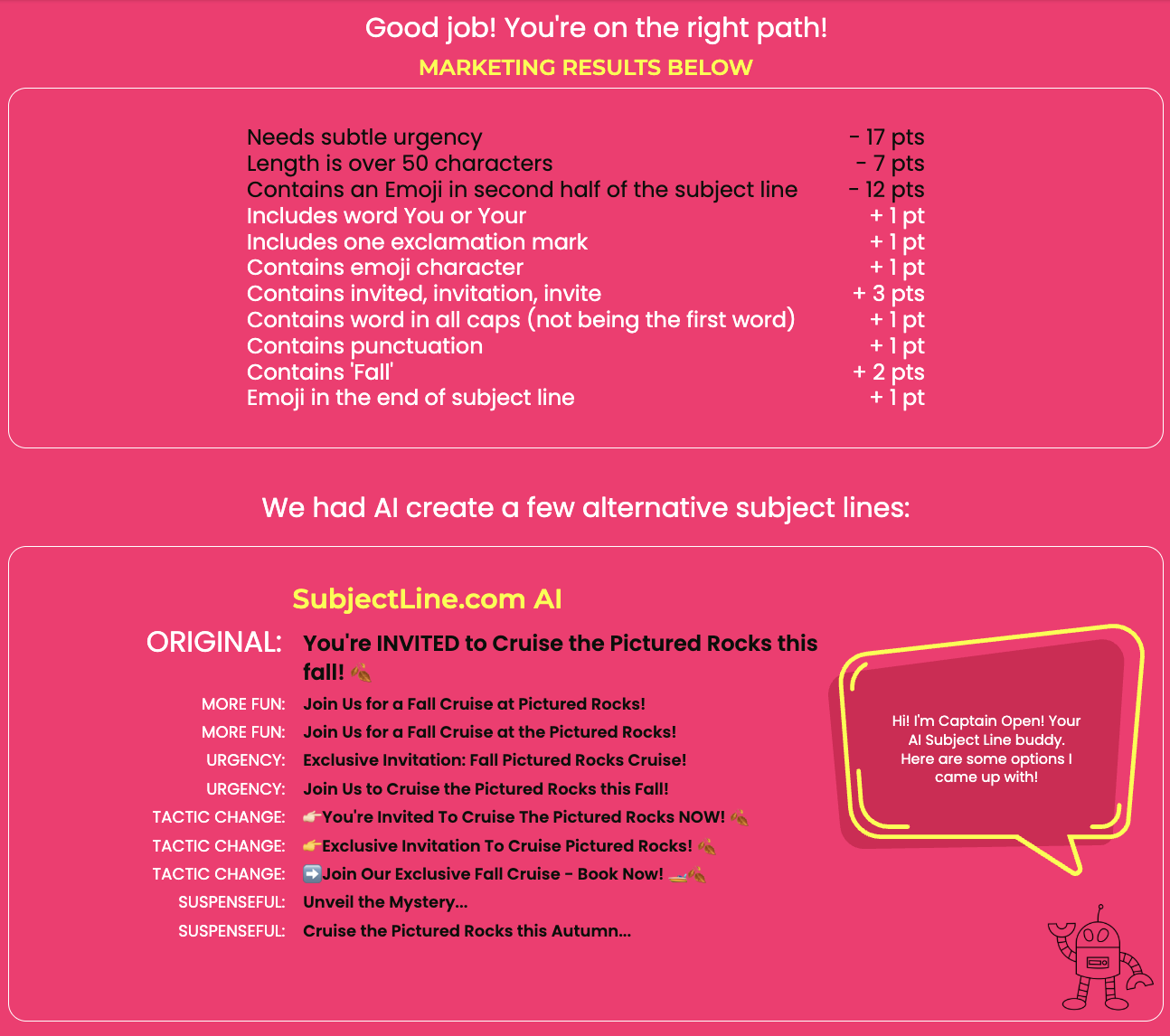
The TwoSix team is back and ready to share what’s On Our Radar for October so that you can stay ahead of the always-evolving digital marketing landscape. This month, the TwoSix team discusses potential updates to the Instagram feed, how to grow your Pinterest audience, subject lines to try in Q4, and more! Keep reading to find out what we’re keeping On Our Radar for October 2025.
 Dave Serino Founder & Chief Strategist
Dave Serino Founder & Chief Strategist How Often Should You Post on TikTok?
Buffer analyzed 11 million+ TikTok posts to uncover the sweet spot for posting frequency — and the findings might surprise you. The biggest jump in reach happens when brands move from one post a week to between two and five. After that, returns start to flatten, but each additional post still boosts your odds of hitting that “breakout” viral moment.
For tourism marketers, that means it’s less about daily volume and more about consistent storytelling: highlight local flavor, authenticity, and moments that inspire travel. Quality still wins — but frequency gives your content better odds to shine.
 Brian Matson Senior Director of Strategy & Education
Brian Matson Senior Director of Strategy & Education Is Instagram Going to Start Feeling Just Like TikTok? Probably.
In the future, when you open up your Instagram app, you may do a double-take! It’s possible that Instagram is going to feel a lot more like TikTok with Reels finding their way into the main feed.
Why does this matter?
This only reinforces how important your Instagram video content is how much more it could become a priority! Your Reels will likely see some added exposure in the feed. On the other hand, your images and Carousels will likely start to see less exposure! It’s time to make sure you’re creating content that is top-notch and able to capture attention when it comes to Reels. Reels are only going to become more important as time goes on.
Need a little help? Here are 5 things you can do to instantly get more from your vertical content:
- Capture attention in the first 1-3 seconds. Sometimes that means moving the big reveal or climax to the front end of the video and using it as a tease. Front load the best part! Don’t make people wait.
- Always strive to get a unique perspective. Something that users haven’t seen before!
- Use narrations and environmental sounds. I know, using a flashy trending sound is easy and fun, but you can add so much more context to your video by leaning into more natural elements.
- One sentence per shot! Don’t go rambling on in your videos. Every shot should be just one sentence. Give it a try. You’re videos will instantly become more snappy.
- Don’t forget about your content war chest! So many times, people say “I don’t have footage” when they are actually sitting on a pile of gold from previous year’s efforts. Get organized and put your past efforts to work for you today.
Reels are one of the best ways to grow an account, as the content is typically served to users outside of your follower base. If you can generate some interest, you will start to see things pop off for your account. It doesn’t matter how big or small of a following you have. It all comes down to whether or not you’re capturing attention with a remarkable piece of engaging content.
Currently, this change is being tested on feeds in India, but I have a feeling it’s just a matter of time before this rolls out to all of us. Why? It’s because vertical video content is super engaging and accounts for over 50% of the time spent on the application. That’s a pretty significant data point. I have no doubt that Meta is going to go all-in and finally commit to finalizing their TikTok clone.
 Nick Danowski Lead Content Strategist & Senior Data Analyst
Nick Danowski Lead Content Strategist & Senior Data Analyst There Are Now Ads in AI Overview
It should shock no one that Google has decided to stuff ads right into the AI Overviews. You’ve see the data, AI Overviews drive tons of zero-click searches and left our websites with a huge reduction in clicks. Realizing this, Google announced at GML 2025 that ads are rolling out within the Overviews. It’s a calculated move to throw a bone to advertisers, probably because they tanked the organic space and now need to monetize the summary that’s taking money from our typical paid search traffic.
This is critical because it forces a large strategic shift. If you want a piece of that coveted AI Overview real estate, you might need to start play Google’s game. That means embracing the automated ad programs that they keep pushing like Performance Max and AI Max. The lack of dedicated reporting for these new placements is a major failing; it forces us to just pray Google is spending our budget wisely and that we’re not overlapping with our other ad placements. It’s a bitter pill, but if we want to be cited and seen in this new digital landscape, we may have to start feeding their AI machine with exactly what it wants.
 Scout Delicato Lead Digital Marketing Strategist
Scout Delicato Lead Digital Marketing Strategist Meta Wants to Own the Internet. Literally.
According to leaked plans, Meta is preparing to build its own subsea fiber optic cable. The behemoth 40,000+ km, $10B project would span from the U.S. East Coast to India via South Africa, then from India to the U.S. West Coast via Australia, forming a “W”. It would be the first subsea network the company fully owns and controls.
But why are they doing this? Meta’s properties already account for ~10% of global fixed web traffic and ~22% of mobile traffic. Owning its own pipeline ensures priority on capacity, tighter latency, and fewer middlemen standing between Meta and users.
There’s also a strategic, possibly political layer. Subsea cables are vulnerable to damage, sabotage, and geopolitical friction, and many current routes pass through high-risk zones, like the Red Sea, South China Sea, and other chokepoints. By routing around tension, the company may be trying to future-proof its infrastructure against administration and regime changes.
And a more speculative but intriguing angle: the cable could support AI development. The route terminates in India, where AI infrastructure, such as data centers, is scaling rapidly.
For organizations that rely on digital reach, especially content, media, or tech-driven destinations, this move is a reminder that the future of connectivity might be less about relying on others and more about owning the pipes. Infrastructure used to be invisible. But when Big Tech starts building it themselves, it gives them a considerable advantage with unknown consequences.
 Ashley Maddix Digital Advertising Strategist
Ashley Maddix Digital Advertising Strategist Growing Your Pinterest Audience
Advertising on Pinterest can give your campaign strategy a boost but building your Pinterest organically is important as well. New pins weekly is the Pinterest standard, but prioritizing quality over the quantity of pins is key. If you only have time to produce quality pins twice a month, then that’s what you should do. We want these to be savable, searchable, and top of mind to bring in new audiences.
Along that same vein, optimizing your pin for searches by filling in the title and description with keywords and selecting topics when available. The direct keywords will help get your pins in front of potentially highly engaging audiences.
Align your pins with what’s trending by using Pinterest Trends to discover what people are already searching for, so you can actively meet your consumer.
Pinterest is still a save it now and come back for it later platform so make sure you’re creating pins with saves in mind, this could include changing the CTA to encourage people to save for their next trip.
Pinterest can be a little overwhelming at first but knowing what you need to do to be successful is half the battle!
Happy Pinning!
 Makenna Schmitz Director of Social & Email Marketing
Makenna Schmitz Director of Social & Email Marketing 


You're INVITED to Rethink Your Subject Lines
As Q4 rolls in and the holidays get closer, email inboxes are getting really crowded. Sorry not sorry, your overused subject line like “Here’s what’s happening in —” just isn’t going to cut it right now. So, how are you going to stand out?
Well, you’re going to have to put in a tad more effort this time of year to get people to open your emails. But don’t worry, there’s some tools that will help you out with that.
First, here’s a quick cheat code… Try using the word “invited” or “invitation”. Using these terms in your Q4 subject lines is shown to increase consumer open rates by 28% (Worldata Research Q4 Aggregate). I’d say that’s worth an extra couple of minutes crafting some good subject lines.
Okay, now onto the tools. If you haven’t already experimented with using ChatGPT to assist with subject lines, give it a try! Just type in your main pieces of content in your newsletter and give the AI some context as to who this message is for, then let it craft you some fun subject line options to choose from. Once you’ve landed on one that seems pretty solid, take it a step further by entering it on SubjectLine.com for a free rating and recommendations to make your subject line even better. Here’s an example:

Okay, now go try it out for yourself! And as always, feel free to reach out if you need some help.
 Emma Herrle Digital Marketing Strategist
Emma Herrle Digital Marketing Strategist AI Search Traffic Holds Value
While organic traffic volumes have been flattening, recent studies have shown that traffic sent from AI Search proves to make up for its lack of volume in its quality and value. The conversational nature of AI models insinuates that users are self-educating before they head to a website. This means that they are landing on pages as a more qualified, lower-funnel traffic source.
A study conducted by Ahrefs in June of 2025, reported that while AI sources accounted for 0.5% of site visitors, they generated 12.1% of conversions (a sign-up for their product). In this case, AI search visitors converted at twenty-three times the rate of traditional organic traffic. In a similar study conducted by SEMRush, it was determined that a visit from a generative AI engine is 4.4 times as valuable as the average visit from traditional organic search, based on conversion rate.
While AI-driven search may never rival traditional organic traffic in quantity, trends point toward its visitors being far more intent-driven and ready to convert. Next time you are reporting on organic traffic trends, definitely take a closer look at engagement rates or key events tied to those channels. They may reveal a more meaningful story.
 Sydney Van Hulle Digital Advertising Strategist
Sydney Van Hulle Digital Advertising Strategist Facebook Reels Now Include AI-Powered Suggestions
Facebook recently announced that they are now including a suggested search at the bottom of selected Reels—just like TikTok has, who could have guessed that? Once a user clicks on the suggested search options, they can discover more content about the topic and continue browsing down that user journey.
There doesn’t seem to be any rhyme or reason so far as to what videos Facebook’s AI decides to include a suggested search bar on. I only found this example below by scrolling about 15 videos after searching “Michigan travel ideas” in the main Reels search bar.

In the meantime, adding in relevant keywords to your Reels can assist the AI to find related terms for their search and include your content in the results.
Treat it like website content! If your destination is sharing a Reel about the top 5 places to visit in ‘your destination’ this winter, be sure to include all those terms in the captions and video text. And with hashtags being more irrelevant these days thanks to algorithms and AI, the more text you can add into the caption, the better. Don’t rely on imagery to speak for itself.
